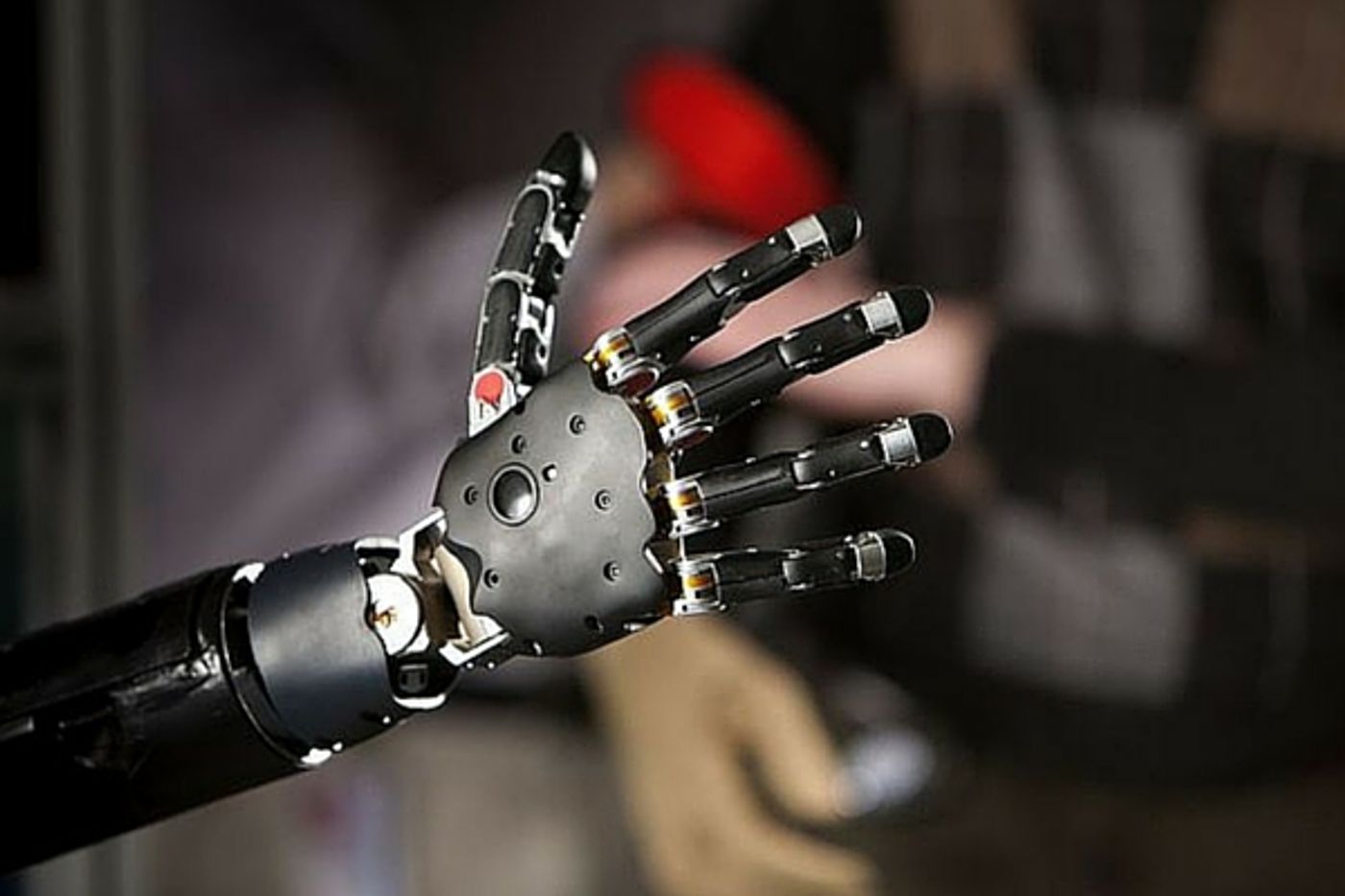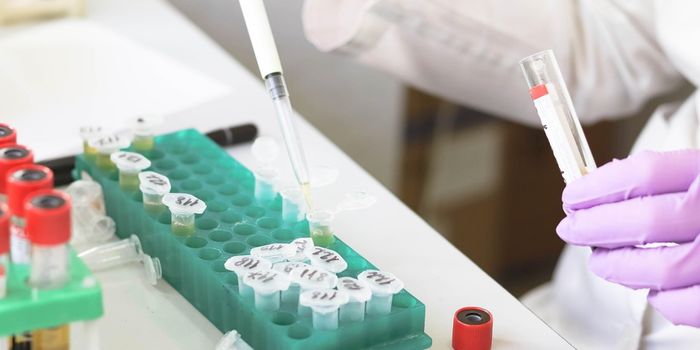As a result of the
war in the Middle East, there are 1,558 American soldiers who have suffered the loss of a limb. Add to that the number of patients who lose limbs to disease or accidents and it illustrates the need for better artificial limbs. Technology to replace limbs with more realistic and functional prosthetics is ongoing, but a new approach from Johns Hopkins University Applied Physics Laboratory (APL) is getting noticed for its innovative design
It starts with the replacement limb. Designed at the APL, the Modular Prosthetic Limb, or MPL, can be attached directly to what is left of the patient’s limb. It’s a more comfortable fit this way and doesn’t involve a socket, the part of the limb that attaches to the body of the patient. Limbs with the socket design are hard to fit exactly. Patients can suffer from blisters and sores, even with the best fitting models.
The next part involves the surgery. It’s called osseointegration and requires a device called Compress® to be implanted in the bone of the patient’s residual limb. The body’s immune response to the device creates a bond and helps the device anchor firmly for the long term. After several weeks, the second part of the surgery is completed. An adapter brought through the skin gets connected to the Compress implant on the bone side, enabling a direct link to the external prosthesis.
The first patient to receive this surgery and use the MPL is Johnny Matheny. Richard McGough, chief of the Division of Musculoskeletal Oncology at the University of Pittsburgh Medical Center, performed the stage one surgery on Matheny in March 2015 and stage two in June 2015. Matheny was also the first patient in the US to undergo TMR surgery where the nerves that once controlled the missing limb are re-directed to control muscles in the upper body that can operate some of the more complex prostheses like the MPL. Matheny lost his arm to cancer in 2008.
In an interview Matheny talked about the difference between a traditional prosthetic arm and the MPL. “Before, the only way I could put the prosthetic on was by this harness with suction and straps; but now, with osseointegration, the implant does away with all that. It’s all natural now. Nothing is holding me down. Before, I had limited range; I couldn’t reach over my head and behind my back. Now boom, that limitation is gone.”
The final step is the Bluetooth technology that allows a patient to control the movements of the MPL simply by thinking about it. Wireless sensors that pick up on the nerves that were reassigned in the TMR surgery allow the brain to send messages to the MPL on how to move. It takes a lot of therapy for a patient to learn exactly how to use their mind to make all the different motions of the arm, hand and fingers, but the technology is advancing constantly thanks to volunteers like Matheny who test it and agree to undergo multiple surgeries. Check out the video below to see how the MPL works and what the team at Hopkins plans to do with it in the future.









